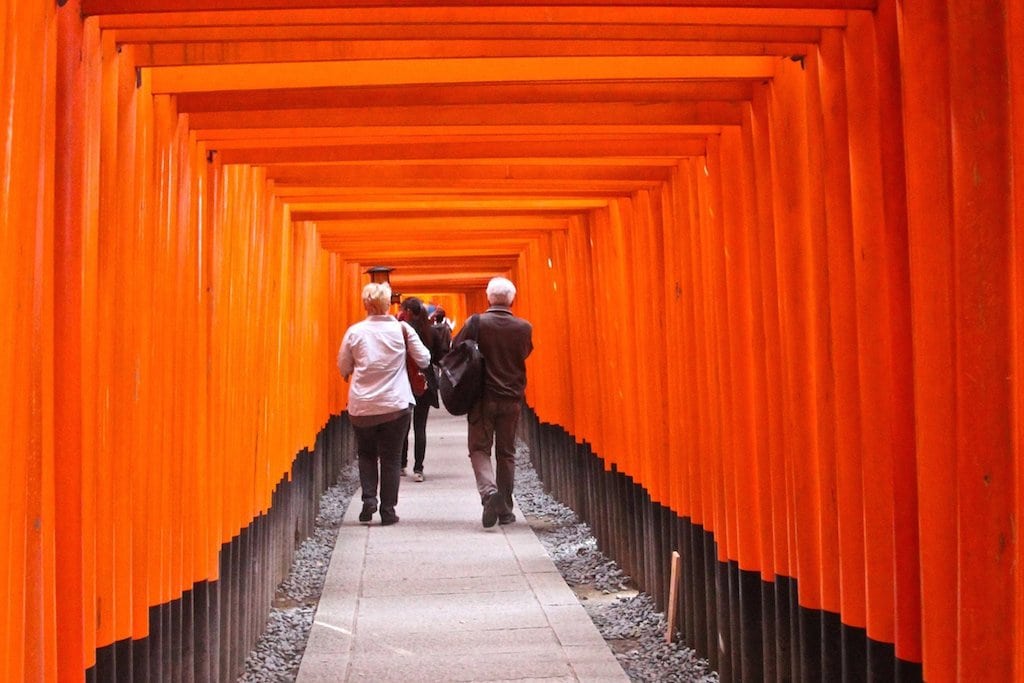The Traditional Japanese City Where Americans Go to Unplug

Skift Take
Destinations around the world can appeal to travelers in even the most distant markets by branding themselves as exclusive places, the only where a certain kind of experience can be had.
The Japanese city of Kyoto is having a great year for tourism, in part thanks to travelers from the U.S. who are willing to travel for several days and thousands of miles to relax among cherry blossom and temples.
The U.S. is the second largest source market for Kyoto, coming in only after Taiwan and before closer markets like China and Australia.
Thus far, American visitors have accounted for 21,584 occupied room nights in Kyoto, up
